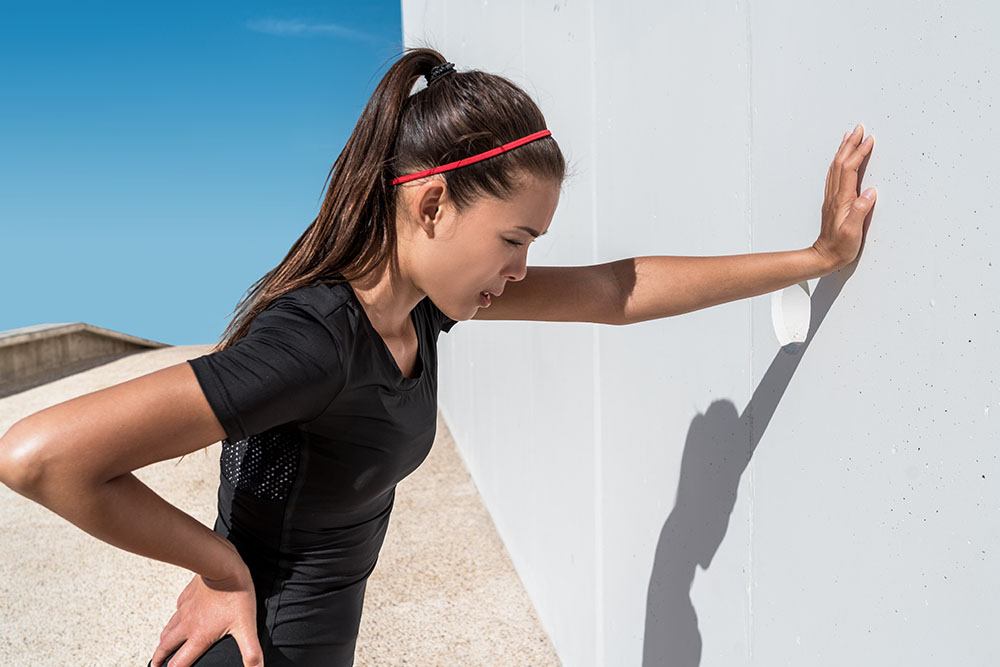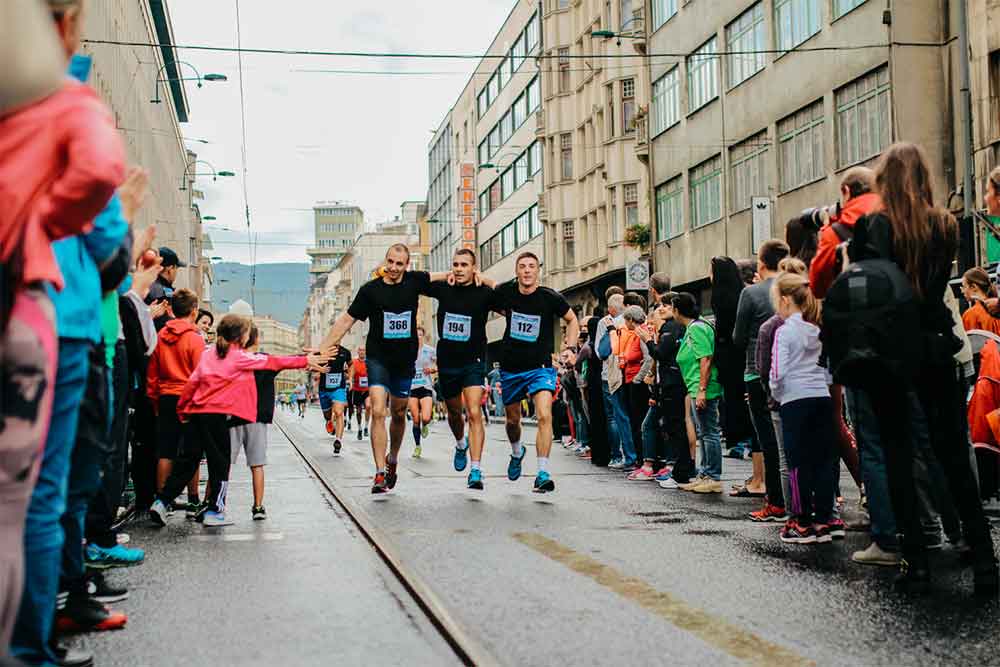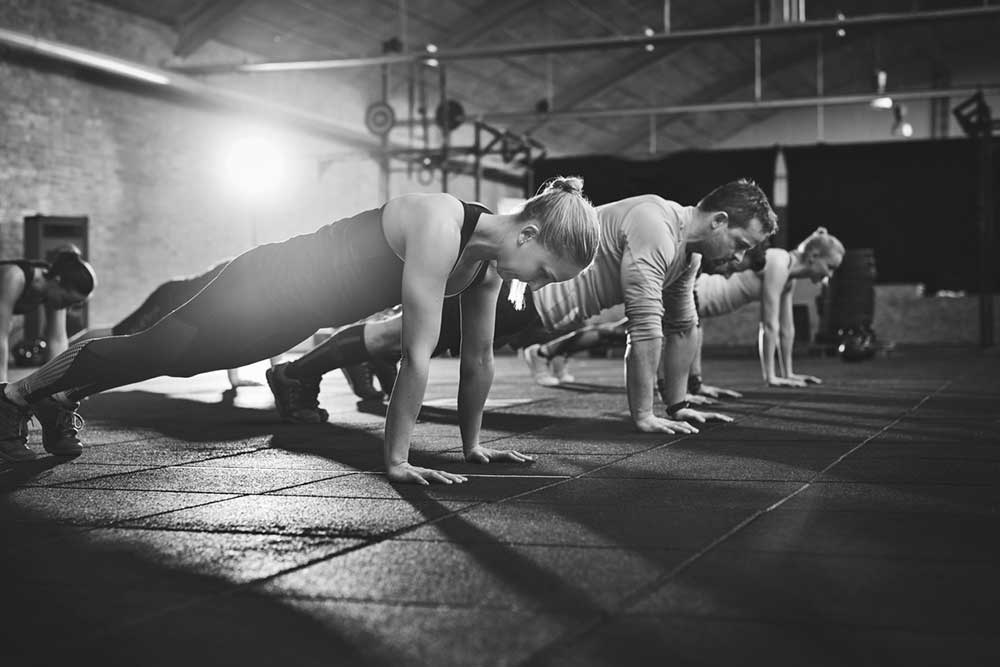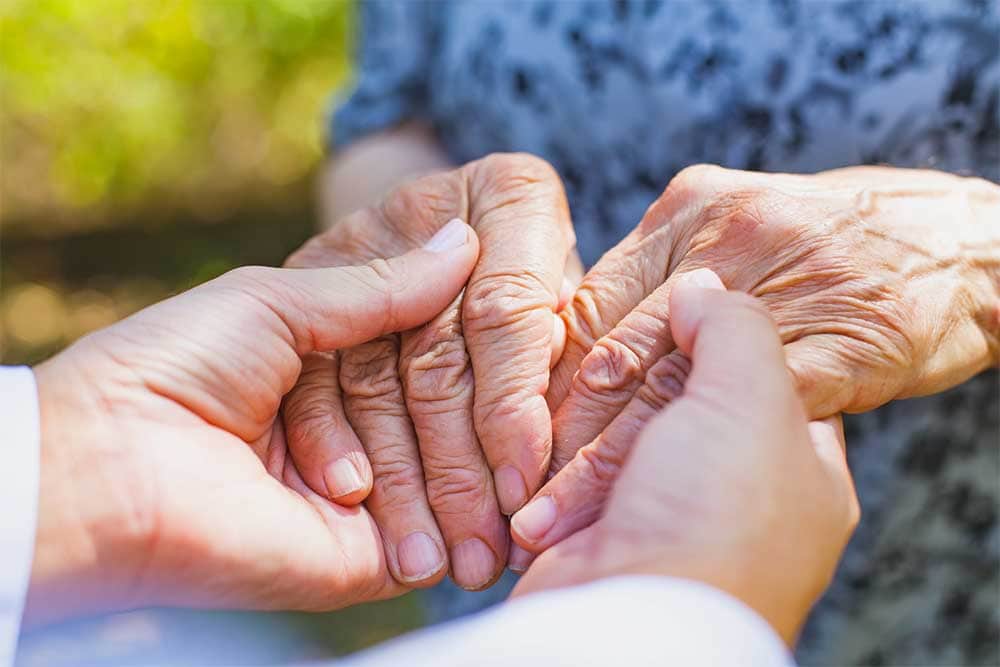Can Athletes Benefit from More Mitochondria?
Over the last couple of years, the term “mitochondria” has become a bit of a buzzword in the health and fitness community – but what are they, and how do they impact your health and performance? Well, that is exactly what this article intends to find out. What are mitochondria? Thinking back to high school










